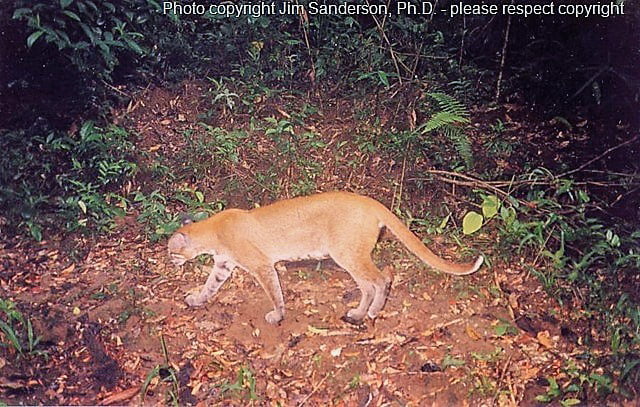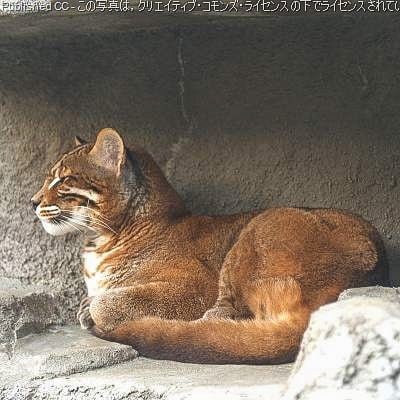Introduction
I have updated this page today December 28, 2021. Information about the wild cat species needs to be regularly updated to keep pace with their status in the wild vis-à-vis their numbers. Inevitably, due to habitat loss and other ongoing threats, the number of Asiatic golden cats is decreasing year-on-year. However, readers should understand that the latest information is not absolutely current. It is probably at least five years old. That’s not bad. An underlying problem with respect to information about the Asiatic Golden cat is that we still don’t know all there is to know about this secretive wild cat species.
Classification
A confusing aspect of the naming of this cat is that this species was described in the same year (1827) as the African golden cat. The African golden cat was described by CJ Temminck while the Asiatic golden cat was described by Vigors and Horsfield but named in honour of Temminck ?. As a result, the Asiatic golden cat is sometimes referred to as Temminck’s cat. The scientific name is Pardofelis temminckii.
Local interactions
Locals associate the golden cat with tigers and leopards. In Thailand they sometimes call (or called) the cat the “fire tiger”. Forest people believe that it is a very fierce creature and the master of all other cats. A local tribe believes that if you carry a single hair of the Asiatic golden cat, you will be protected from tigers. In China they believe that the golden cat is a kind of leopard and is or was known as the ‘rock cat’ or ‘yellow leopard’. In India a couple of naturalists, Jerdon and Sterndale, described the cat as the “bay cat”.
Photographs




Appearance
This cat has different colour phases resulting in different names such as ‘inky leopards’ when the fur is black and those with spotted coats are called ‘sesame leopards’. As can be seen from the photographs, the coat is as the name suggests: golden brown and the off-white facial markings are stupendous. There are some spots on the belly and in China there is apparently a spotted variant. Melanistic (black) variants are also known to exist.
As to their size, this cat is about the same size as a large ocelot and looks similar to the related African golden cat. The Asian cat is slightly heavier and the tail proportionately longer. The weight range (female to male) is 8.5 kg to 15.75 kg.
The coat can be golden brown to dark brown, grey, bright red or pale cinnamon. It can be marked with spots or be quite uniform in colour. The head is distinctly marked with white lines bordered with black running across each cheek and from the inner corner of the eyes to the crown of the head.


Martha, the Asian golden cat and the African golden cat are rarely seen and rarely discussed. One thing is for sure; their habitat is being eroded by human activity so there are fewer and fewer of them. Thanks for commenting.
I’d love to read more on the cats that r not known . I watch a lot of animal planet and enjoy the programs on cats but a lot of these cats r not on . Nothing about these cats r seen.
Thanks Barbara.
Very informative article.